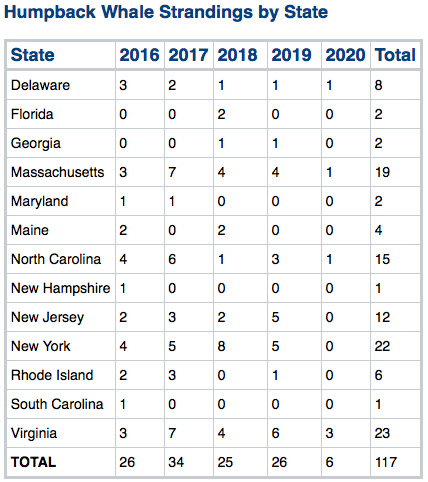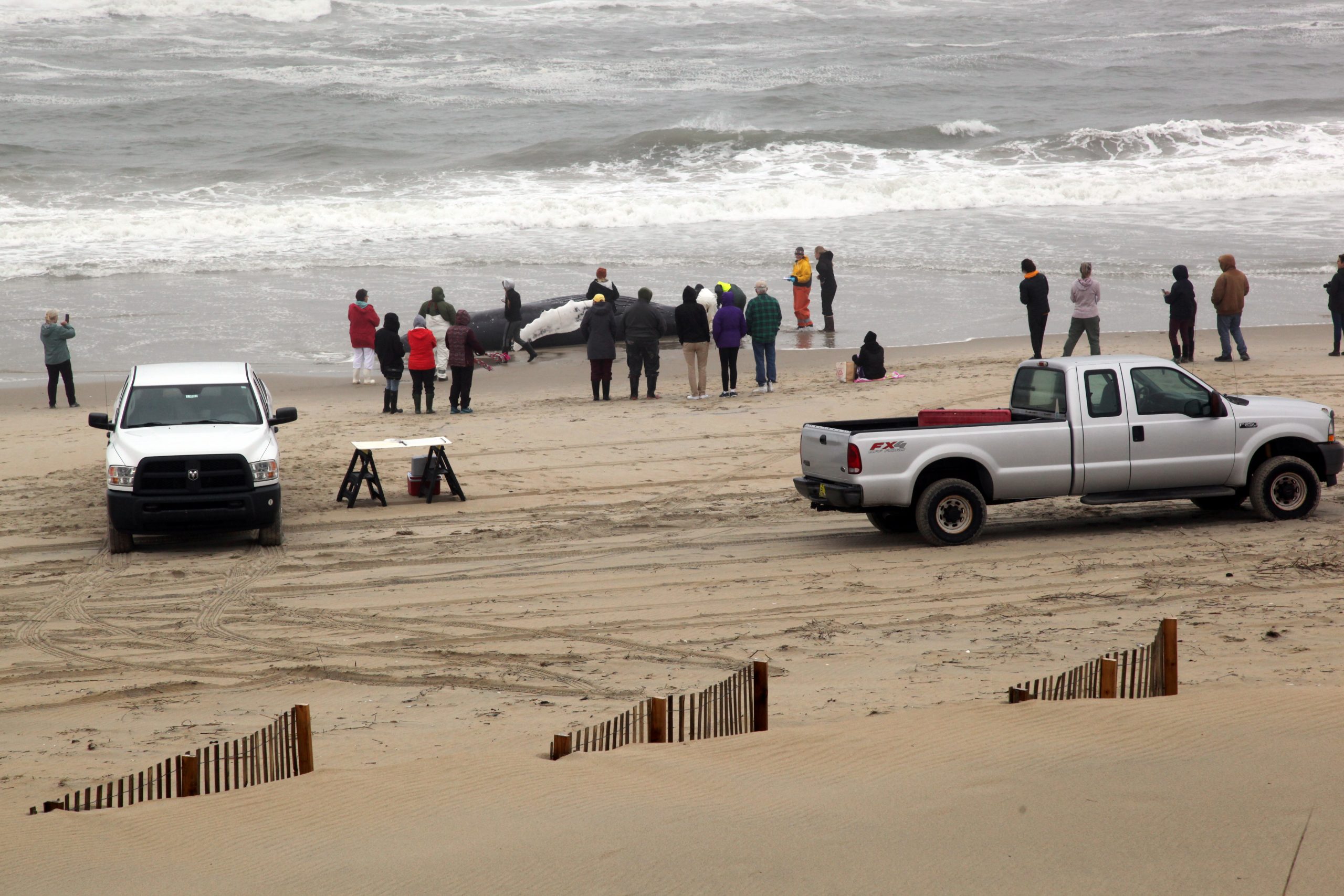
The humpback whale washed up on the beach Thursday in Nags Head was a juvenile male, about 20-feet long and had died recently.
The Outer Banks Marine Mammal Stranding Network and Center for Marine Sciences and Technology performed a necropsy on the beach Friday morning, and while scientists said there might have been some evidence of fishing equipment entanglement, exactly what killed him remains a mystery. The Town of Nags Head planned to use heavy equipment to bury the whale near where he washed in, according to a news release from Jennette’s Pier.
The whale’s death is the 118th humpback stranding along the East Coast since 2016. In 2017, NOAA declared the deaths an “unusual mortality event,” defined as unexpected or significant population die-offs that demand immediate attention.
Scientists have been able to perform necropsies in about half of those cases, with about 50 percent showing evidence of ship strikes or entanglements. Sixteen of the cases have been in North Carolina and 23 in Virginia, according to NOAA statistics.

The incident marks the second humpback whale to wash up dead on the Outer Banks this year. In January, another whale was found in Corolla.
The declaration of an unusual mortality event authorizes federal investigation and helps brings resources to local marine scientists tasked with local investigations.
The investigations can also bring about changes to help minimize deaths.

That means migrating humpbacks are swimming past this time of year. And many juvenile whales hang around the Mid-Atlantic to feed rather than head south for romance because they’re “still in that girls-have-cooties” stage, said Karen Clark, director of the Outer Banks Center for Wildlife Education and leaders of the Marine Mammal Stranding Network.
More whales in the water means more risk of harmful human interactions. Past findings from marine mammal stranding network investigations have led to seasonal management to reduce ship strikes, such as speed restrictions in known migration paths.
The reasons for marine mammal strandings vary, from disease to parasites to environmental injuries and weather events. Many times, a cause is never identified.
